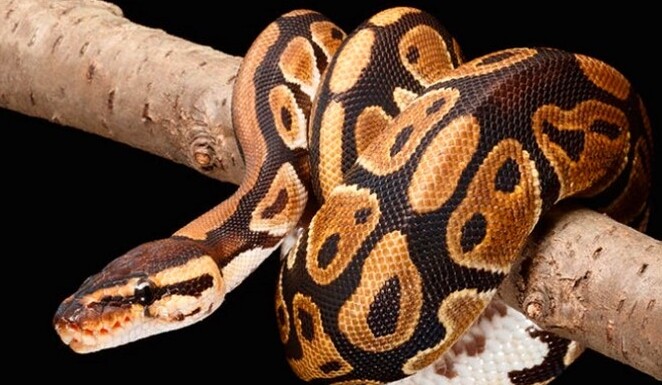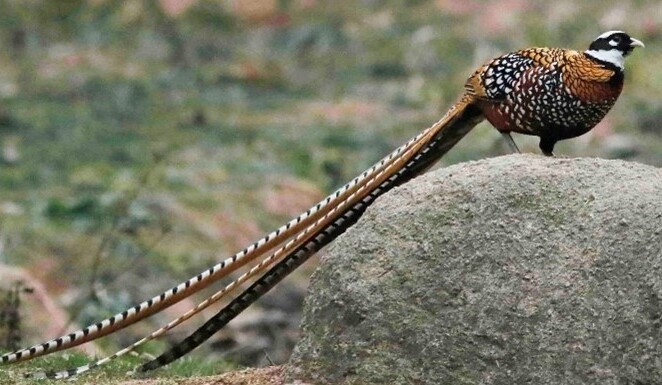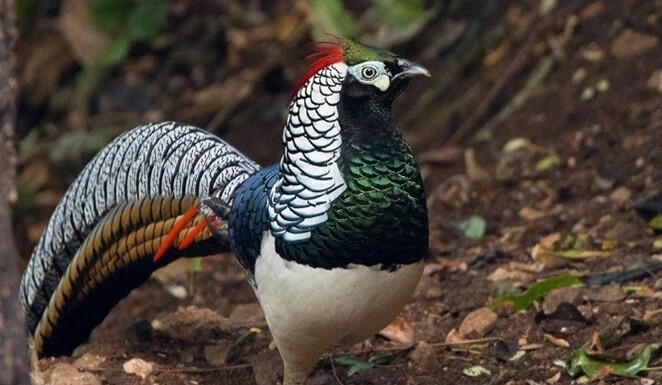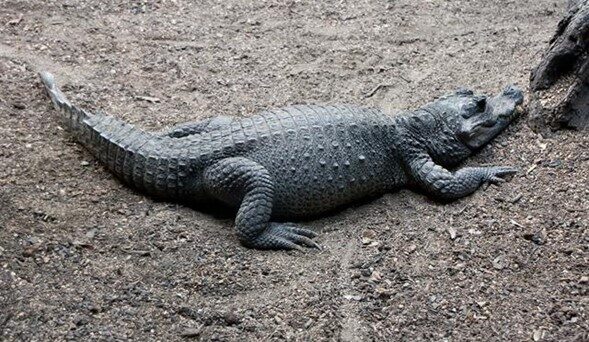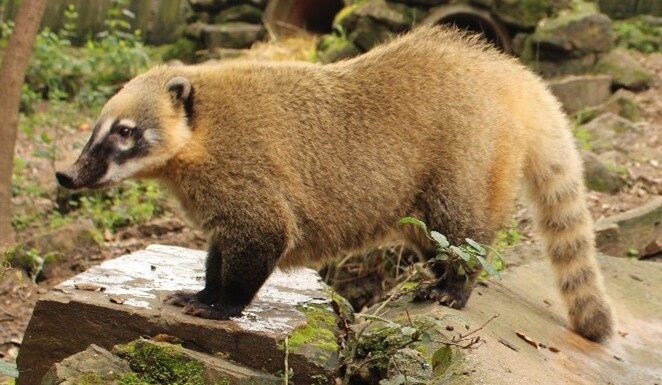Diet: Carnivorous animals with the ability to move their jaws to be able to ingest prey larger than their own mouths. The strategy normally used is the ambush. They feed almost exclusively on rodents. Reproduction: The female ball python can... READ MORE.
Animals
Central Bearded Dragon
Diet: they are opportunistic omnivores that consume insects such as crickets, grasshoppers, cockroaches or small lizards and vegetation. Reproduction: Bearded dragons reach sexual maturity at 1 to 2 years of age. Mating occurs in the Australian spring and summer months,... READ MORE.
Red tegu
Diet: the red tegu is an opportunistic omnivore that feeds on vegetation, fruits, insects, rodents, birds and fish. Reproduction: Oviparous and females can lay 10 to 30 eggs. The incubation period is 58 to 60 days. The cubs reach sexual... READ MORE.
Spotted Hyena
Food: They are carnivorous animals that hunt herbivores such as gazelles, zebras, wildebeests, baby giraffes, hippos, etc. and are also scavengers, feeding on animal remains. They can consume 3 to 6 kg of meat per day. Reproduction: Males can mate... READ MORE.
Reeves’s pheasant
Diet: vegetables, seeds and cereals. Reproduction: Pheasants choose high-altitude land to build their nest. Typically, in April, the female lays 7 to 14 eggs. The eggs incubate for approximately 24 days. Distribution and Habitat: This species of pheasant is endemic... READ MORE.
Lady Amherst’s pheasant
Diet: They feed on grains, foliage, and invertebrates. Reproduction: Sexual maturity of this species occurs between its first and second year of life, with the female being able to lay around 20 to 35 eggs per year. Incubation generally lasts... READ MORE.
Dwarf Crocodile
Diet: They are carnivores and can eat a lot of everything from fish, crabs, insects, lizards, sea birds and bats. Reproduction: These crocodiles only interact during the breeding season and this takes place at the beginning of the rainy season.... READ MORE.
Rainbow lorikeet
Diet: Its main food consists of nectar and fruits. They can also eat some greens and seeds. Reproduction: Like most Australian birds, lorikeets incubate their eggs in tree holes. A hollow trunk or a eucalyptus branch are generally chosen. Two... READ MORE.
South American coati
Diet: Omnivorous animals and tend to seek out fruits and invertebrates. If available, they may even feed on small mammals, rodents and decaying meat. They can also ingest small root vegetables. Reproduction: Typically polygamous animals and the breeding season varies... READ MORE.


